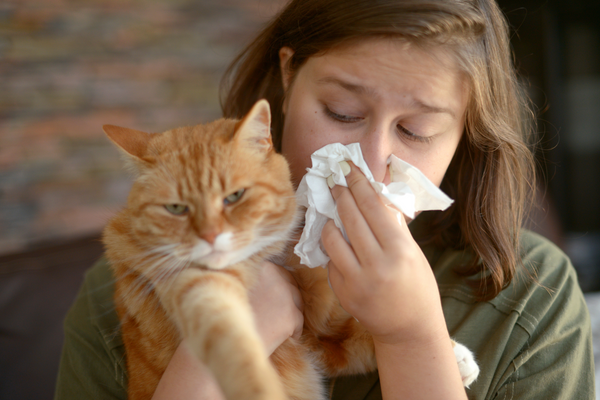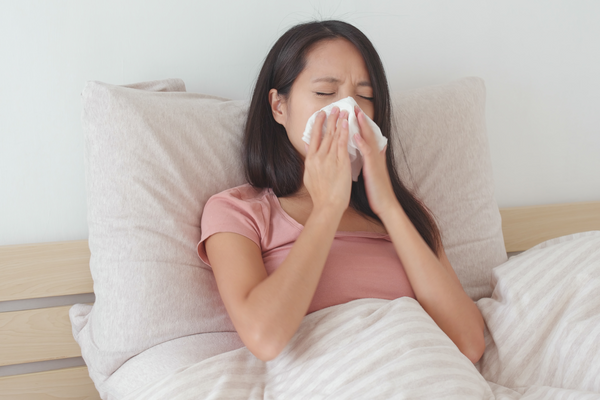The Environmental Impact of Laundry

What does going to the supermarket, adding some new plants to your garden, and working out all have in common? The answer is pretty simple: dirty laundry. Whether it’s just about getting dressed for the day, removing the dirt from your clothing, or cleaning up after an intense workout, you’re going to have to wash your clothes eventually. Doing laundry is a part of life, but most of us don’t stop to consider the environmental impact of our everyday routines. Everything we do impacts our environment, and unfortunately, usually not in a particularly positive way.
Even how we do our laundry significantly affects nature.
So, while doing your laundry does help you get that big coffee stain out of your white shirt, it can also leave a deep stain on our environment that may prove difficult to get out. Let’s take a look at what we can all do to clean up our laundry routines.

The Environmental Impact of Laundry
The U.S. is the second leading emitter of carbon dioxide (following China), responsible for 15% of global emissions in 2020. According to a 2010 study published in the Journal of Integrative Environmental Sciences, the U.S. residential sector is responsible for about 21% of all U.S. carbon emissions, and laundry cycles accounted for 8.29% of all residential emissions. To put those mind-boggling figures into perspective, the study also estimates that U.S. residential laundry emits 179 million metric tons of carbon dioxide every year, which is the equivalent to the full energy usage and emissions of 21 million homes. While these figures are extremely high, when you stop to think about all the steps in the laundry process, and the amount of harsh chemicals that many people use, it’s not surprising the effects are this significant.
Here are some other environmentally-unfriendly facts about laundry:
- The average American family does 8 loads of laundry each week, or about 416 loads per year.
- The average residential washing machine uses about 41 gallons of water per load.
- A clothes dryer is responsible for approximately 6% of the average home’s energy use.
- Scented liquid laundry detergent and dryer sheets contain hazardous chemicals and emit volatile organic compounds (VOCs), two of which are classified as carcinogens by the U.S. Environmental Protection Agency (EPA).
How Can You Clean Up Your Laundry Routine?
Don’t worry; the answer isn’t ditching your electric washing machine for an old fashioned washboard and bucket, even though it’s totally cool if you want to try it.
Instead, try these tips:
Use a Cold Water Setting - Switching from hot to cold water settings will help to lighten the carbon load of your laundry routine by a lot. After all, heating the water accounts for 90% of the energy used by a washing machine, so using cold water drastically reduces the impact per load. On top of this, cold water does not cause clothing to break down as much as hot water, which reduces the amount of microplastics released into the water and helps your clothes and linens last way longer. The Cleaning Institute even found that switching your machine to the coldest setting – “tap cold” if you have it – can cause a single household to cut down on 864 pounds of carbon emitted per year!
Look for Energy Star Certified - Upgrading old washing machines and dryers to ENERGY STAR certified models will save money, help your clothes last longer, and reduce your laundry routine’s carbon footprint drastically. ENERGY STAR certified clothes washers use about 25% less energy and 40% less water than regular clothes washers, and ENERGY STAR clothes dryers use 20% less energy than conventional models, saving an average of more than $70 per household annually. According to the U.S. Department of Energy (DOE), “If every clothes washer purchased in the U.S. was ENERGY STAR certified, we could save more than $4 billion each year and prevent more than 19 billion pounds of annual greenhouse gas emissions, equal to the emissions from 1.8 million vehicles."
Fill it Up All the Way - Washing machines and dryers use about the same amount of energy every load, so run full loads whenever possible. If you are washing a small load, use the appropriate water-level setting.
Use Your Washing Machine’s High Speed Option - If your washing machine has spin options, choose a high speed or the extended spin to remove as much water from your clothes as possible, which will decrease the amount of time it takes to dry your clothes.
Be Mindful About Your Dryer Usage - For example, dry towels and heavier linens in a separate load from lighter-weight clothes, and be careful to not over-dry clothes. If a machine has a moisture sensor, use it.
Make Sure You’re Using the Right Detergent for Your Washing Machine - If you have front-loading washers or high-efficiency top-loaders, use detergent labeled for high-efficiency (HE) machines. According to the American Cleaning Institute (ACI), HE detergents are low-sudsing and quick dispersing to clean well in high-efficiency washers that use less water.
Ditch Harsh Chemicals - Conventional laundry products are typically made from a combination of chemicals that may include bleaching agents, dyes, and fragrances. Dryer sheets and fabric softeners are infused with a number of harsh chemicals and strong fragrances. While some chemicals common in laundry products are known skin irritants, the extent of the environmental and health impacts from laundry detergent and dryer sheets is not fully understood, but it is known that these chemicals get into waterways and negatively impact aquatic life. Alarmingly, a 2011 study found that scented laundry products emit VOCs including the carcinogens acetaldehyde and benzene. The answer? Choose unscented environmentally-friendly laundry products rather than traditional laundry products.
The Ecology Works - The Green Way to Wash Your Clothes

Our Anti-Allergen Laundry Detergent is recommended by allergists and dermatologists. It was designed with the well-being of people and the Earth in mind – with a gentle, yet powerful plant and mineral-based formula that neutralizes allergens like dust mite allergens, pet dander, mold, mildew, and smoke. It’s fragrance-free, dye-free, enzyme-free, VOC-free, and 100% biodegradable – making it an Earth-friendly choice. Unlike most store-bought detergents, our laundry detergent is designed to use in cold water and is also HE compatible. The Anti-Allergen Laundry Detergent is tough on messes while being gentle on clothes & household washables. It won’t leave anything behind and is gentle on even the most sensitive skin.
All of our products, including our Anti-Allergen Laundry Detergent, are eco-friendly and proudly made in the USA.
Learn more about the science behind our products and about how to make eco-friendly choices. Have questions? We’re here to help! Contact us here or send us a message via Facebook.



